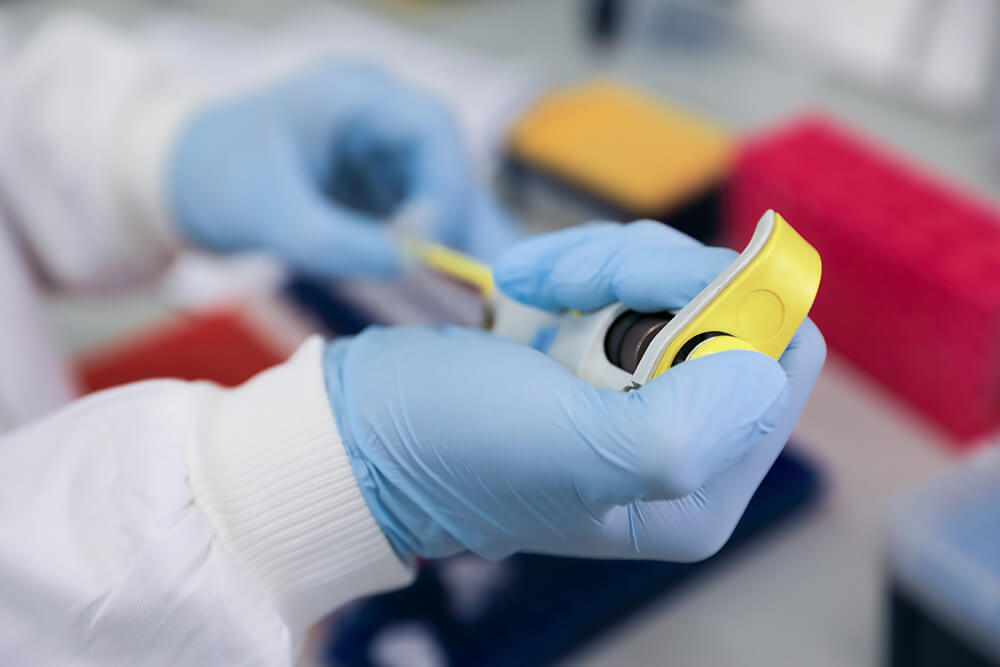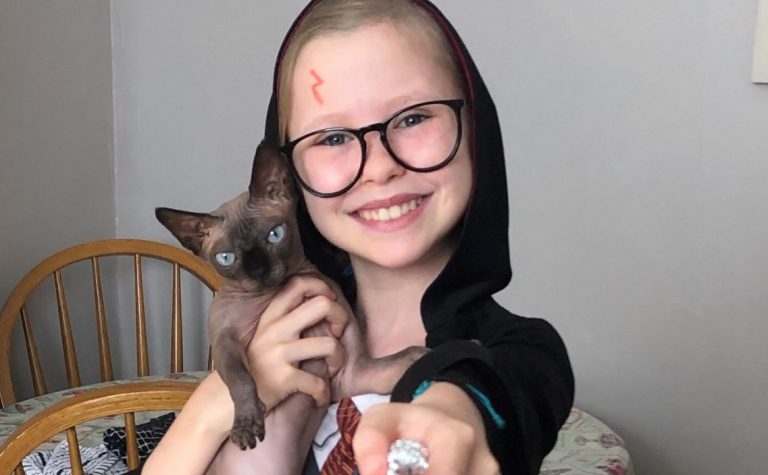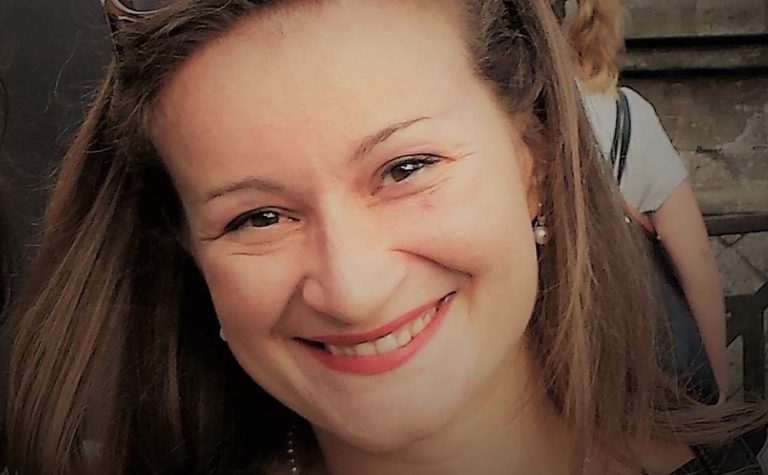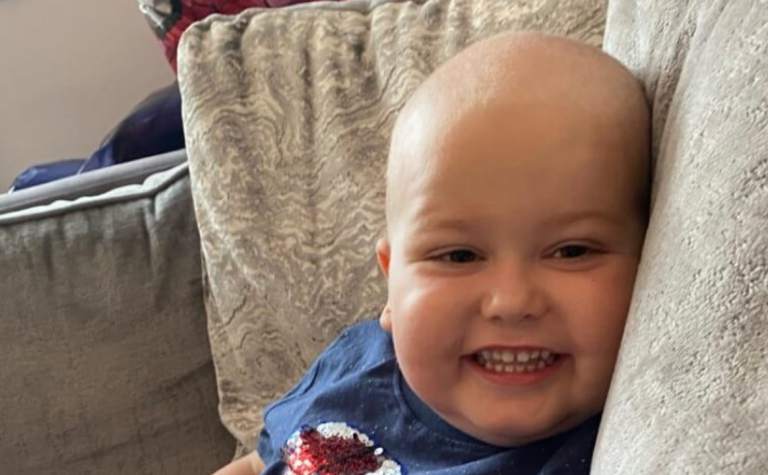Proton beam therapy is an advanced form of
radiotherapy that uses a precision high-energy beam of particles (protons) to destroy cancer cells. Because it is so much more precise than conventional radiotherapy, proton beam therapy delivers a high-dose of radiation to the tumour whilst sparing surrounding healthy tissue. This makes it particularly beneficial for children because it reduces the potential for both short-term side effects and long-term impairments. However, the treatment is not a ‘magic bullet’ and further scientific and clinical research is required in order to properly assess its safety and effectiveness in treating different types of cancer. There are currently no proton beam therapy facilities available in the UK but in cases where doctors believe that a patient will benefit, the NHS will fund treatment abroad, usually in the US. In the recent high profile case of Ashya King, his doctors did not believe that proton beam therapy would be beneficial. In 2015 the government pledged to build two NHS proton beam centres, one in London and one in Manchester. These are due to be operational by 2018. In the meantime, a private health company is due to open a centre in Cardiff by December 2016 and two further centres, in London and Northumberland, the following year. These private centres will be available to NHS patients as an alternative to going abroad for treatment.



